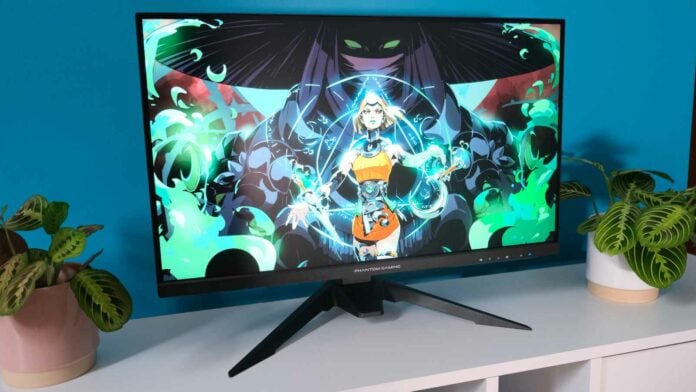Even the beefiest gaming PC on the planet means little without a good monitor to showcase everything it can do. After all, nobody wants to deal with slow, muddy images in 2024. ASRock might not be the first brand on your lips when hunting for a speedy screen, but PG27QFT2A makes a good case for why it should be.
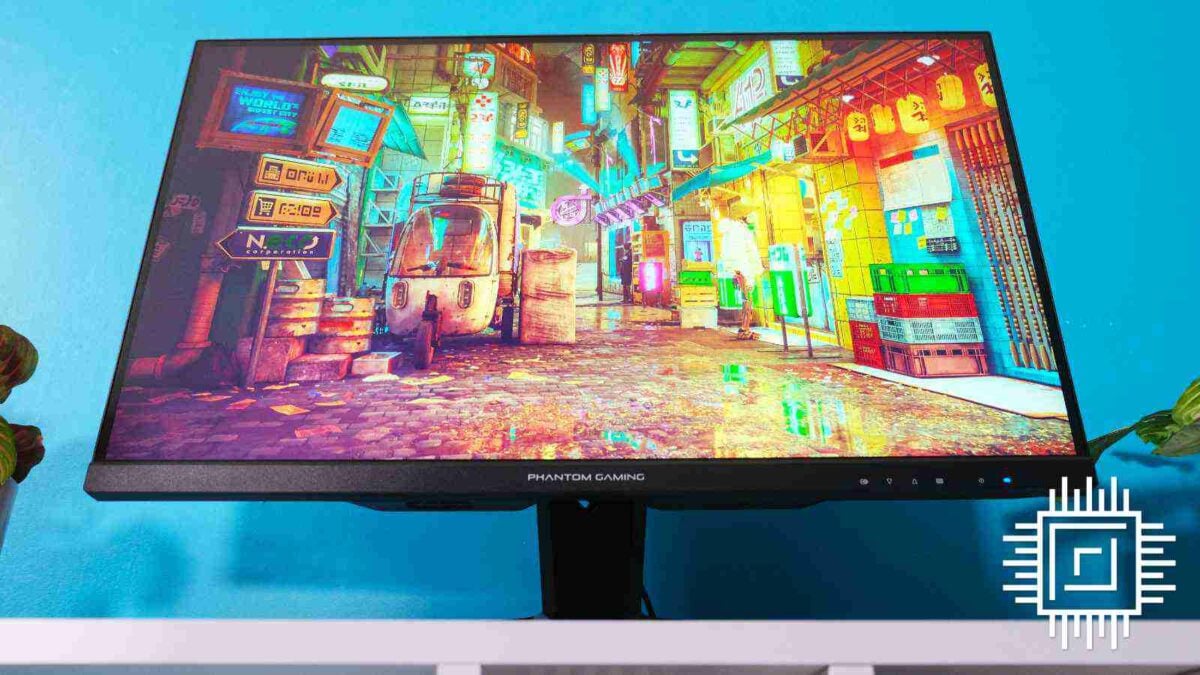
ASRock PG27QFT2A
£220 / $230
Pros
- Smooth 180Hz
- Fantastic colour
- Good contrast for IPS
Cons
- Dimmer corners
- No KVM switch
- Picture profiles are identical
Club386 may earn an affiliate commission when you purchase products through links on our site.
How we test and review products.
Alongside PG27QFT1B, this is one of two new Phantom Gaming monitors that blends speed with style. Both sport QHD resolutions with 180Hz refresh rates on 27in IPS panels, but PG27QFT2A sets itself apart with a uniquely integrated WiFi antenna. ASRock makes some lofty claims that it “guarantees faster and more reliable signal connections,” but we’ll see about that.
Ports and features
I firmly believe displays need more than just triple digit refresh rates to earn the title of gaming monitor these days. 180Hz at 2560×1440 resolution is a great start, but it’s all the other goodies under the hood that make it.
A 1ms GtG (grey-to-grey) response time keeps your picture fresh, changing the colour of your pixels near instantaneously. It’s not the lowest we’ve ever seen but I can’t say I can personally eyeball the difference between this, 0.5ms and 0.03ms on OLED monitors. AMD FreeSync gives you a tear-free experience so your frame rate is always in line with your refresh rate. And Low Blue Light tech is a welcome sight even if it’s standard nowadays, as it’s what keeps the flickers away and protects your peepers.
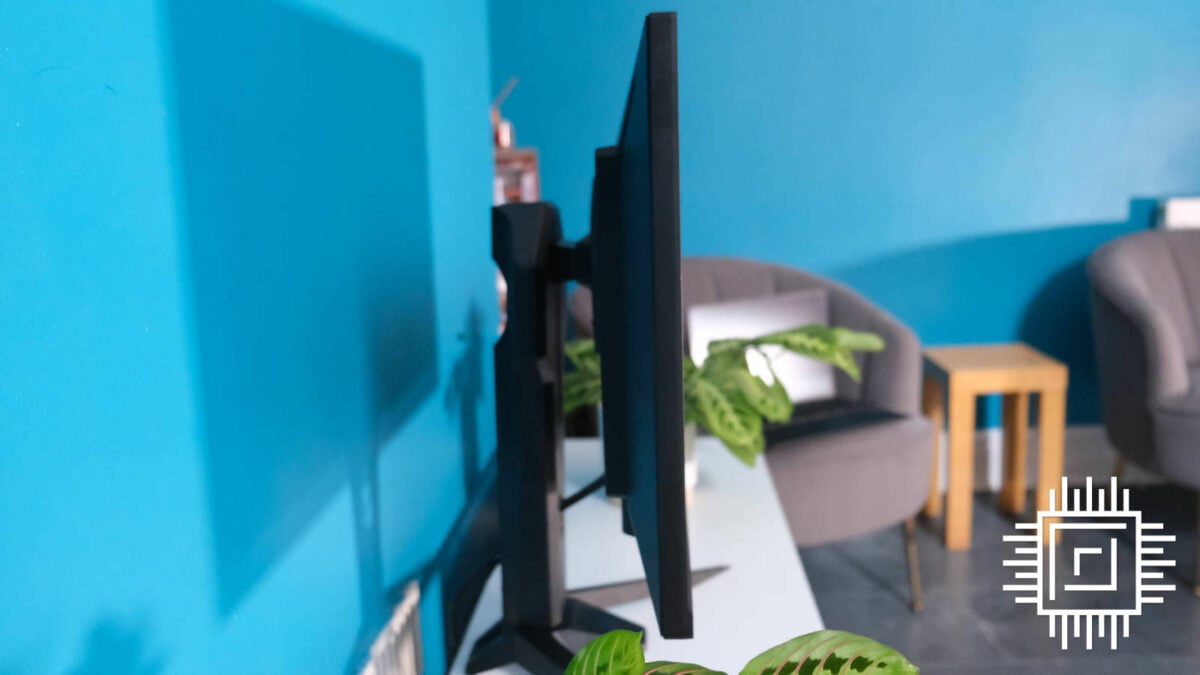
The IPS panel is top-tier, delivering fantastic colours that pop like few others, so long as you’re staring at the screen head-on. My only issue lies with the claimed 178° wide viewing angles. I find the corners darken whenever you’re not sitting pinpoint perfectly. On one hand, it’s actually somewhat helpful as a posture check, as it becomes quite clear when I’ve hunched over the course of the day. On the other, you idealls want clarity no matter whether you’re a bit of fidget.
Rounding out the visual spec, VESA DisplayHDR 400 gives a touch of high dynamic range. It’s the most basic implementation without local dimming, but lends itself well to the wide colour gamut, giving supported games an extra punchy pop. Don’t expect miracles given it’s the bare minimum certification and HDR compatibility still isn’t fantastic on Windows, but it’s nice to have in the rare moments you’ll use it.
On the surface, ASRock opts for a no-frills approach, only giving you what you need to get the job done. It’s flat without a curve in sight, mostly plastic but far from feeling cheap, and sports just three inputs on the rear. The absence of HDMI 2.1 might raise an eyebrow, but two HDMI 2.0 ports and single DisplayPort 1.4 are plenty to hit the full specs in question. Anything more would frankly be wasted.
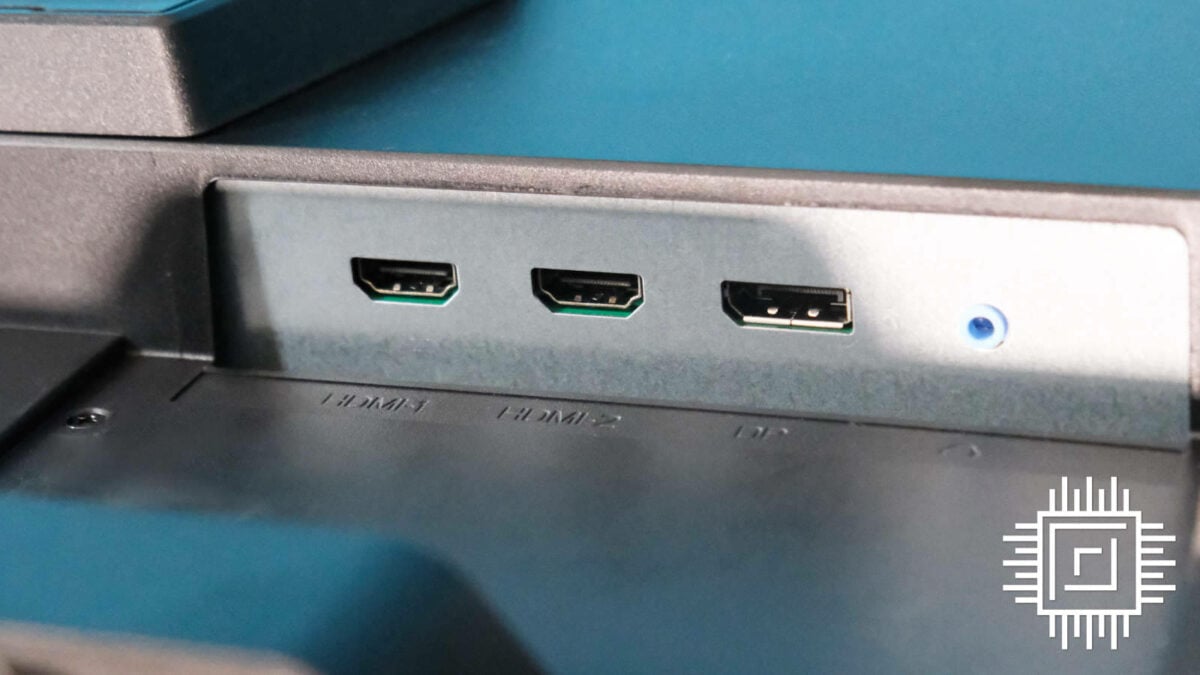
Switching between three different video sources is a blessing, but it shines a spotlight on the lack of KVM switch. Being able to hook up your mouse and keyboard through the monitor would make using multiple devices a cinch. Sadly, that’s not an option here and something I’d love to see in a successor.
I’m a stickler for on-screen displays and ASRock’s is a little middling. While easy to navigate, the profile presets are pointless, simply altering the brightness but nothing else. Text has a brightness of 20%, Internet sits at 40%, Game at 60%, Movie at 80%, and both Sports and Standard at 100%. The colour palette bizarrely remains identical throughout. It’s not a huge issue given you can tinker with the picture manually and the colour out of the box is impressive, but the lack of profiles still feels like a missing puzzle piece.
Standing tall
The stand oddly steals the thunder away from the screen you’ll be staring at. It’s tool-less, adjustable, versatile, and packs an unexpected secret weapon. I still can’t abide two splayed feet pushing into my mouse pad, but they’re par for the course these days and I realise I ask for an unreasonable amount of space for my mat.
You can adjust the height up to 100mm, swivel it +/- 20 degrees, and tilt it between -5 and 20 degrees. It’s sad news for vertical monitor enthusiasts out there, though, as there’s no rotating it unless you pop it on an arm using the 100×100 VESA mount. Overall, this isn’t anything out of the ordinary, but you’ll probably jostle it about often to find that sweet spot given PG27QFT2A’s viewing angles. Fortunately, getting it into the perfect position is a doddle with smooth movements.
It’s a small point to labour on, but my favourite part of the stand is how it hides wires. Other brands expect you to lift your keyboard and mouse cables a foot off the desk to fit them through the same hole as HDMI and DisplayPort or direct them around the stand in a garish way. However, ASRock elevates the stand so you can slip them underneath inconspicuously. It’s elegant and something I’ve requested for a long while.
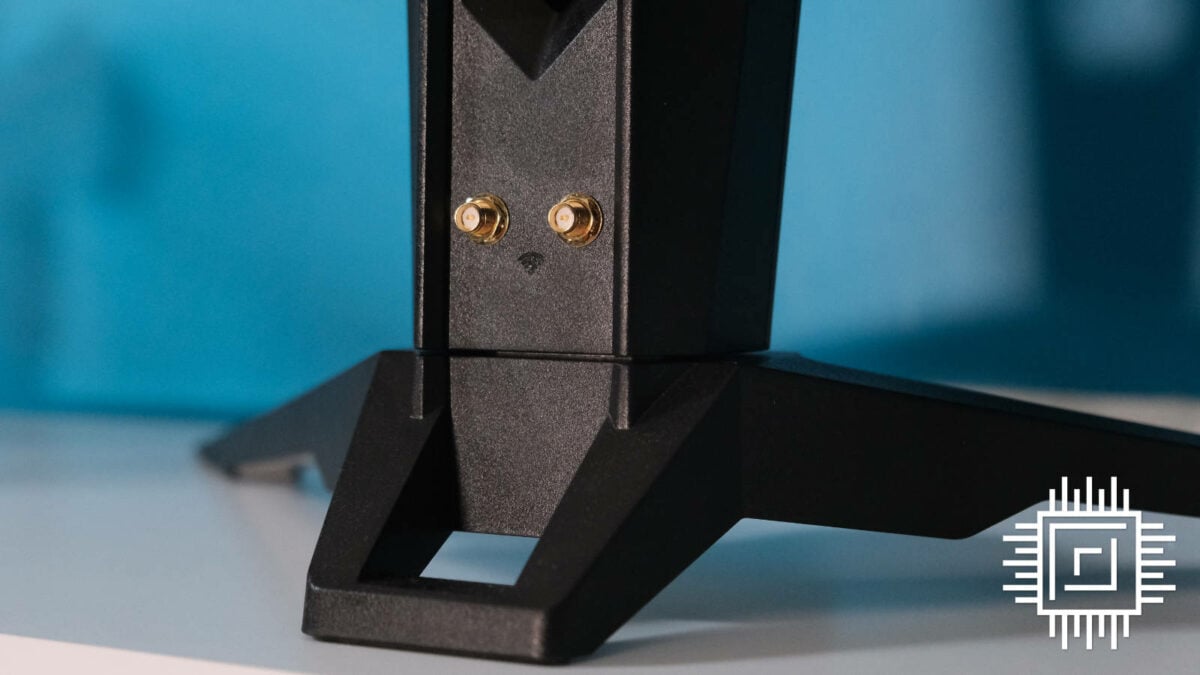
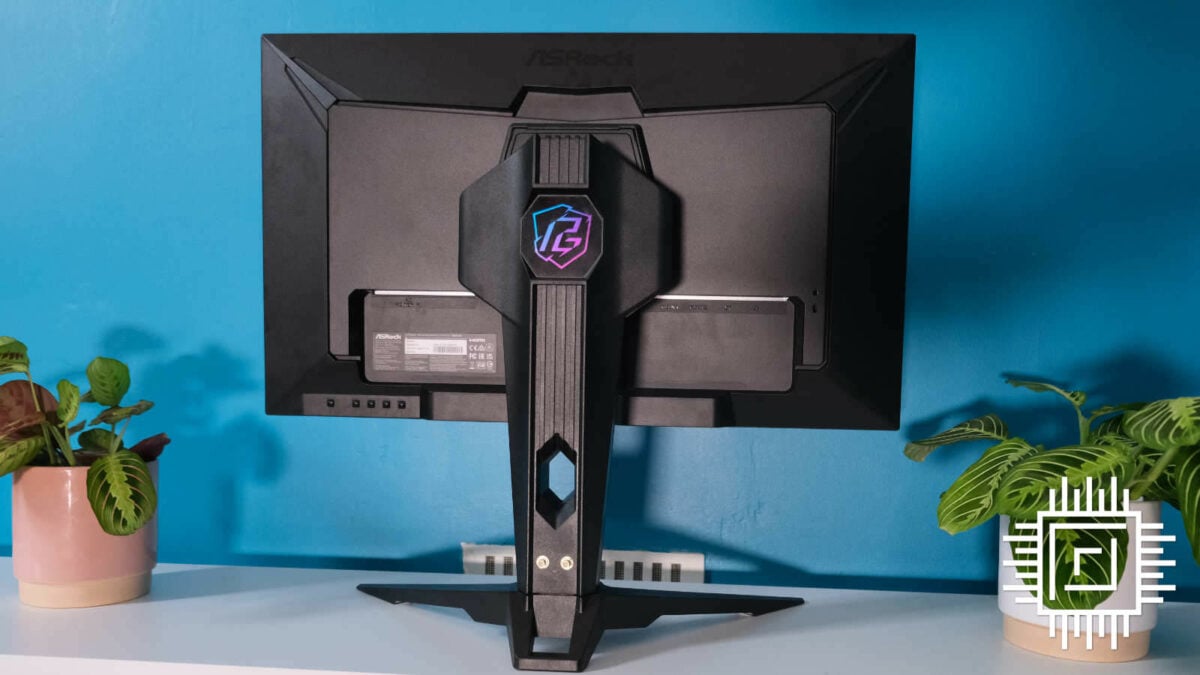
Most people might find more excitement in ASRock’s ace in the hole: a built-in Wi-Fi 7 antenna. By hooking up your gaming PC to the stand using the included cable, it attempts to give you a better wireless connection. I don’t have a WiFi 7 router to test its full capabilities, but it also works with 4, 5, 6, and 6E. Fortunately, my motherboard has an antenna connection ready to go, but for those who don’t, you can use a PCIe add-in card.
Despite ASRock’s claims that it “guarantees faster and more reliable signal connections,” I didn’t notice a difference when using ASRock’s antenna versus my motherboard’s built-in solution or a Bluetooth dongle. That’s not to say it doesn’t work, however, as I’m fortunate enough not to experience wireless woes in my household. Lots of things can screw with your cordless connection, including interference from wireless peripherals, your smartphone, and obstacles in the way of your device. If you prefer placing your PC under your desk because it’s quieter, PG27QFT2A helps keep your connection topside, mitigating inconsistencies.
The Wi-Fi 7 antenna isn’t a device-defining feature that can make up for other pitfalls, but as I always say: it’s nice to have and not need than need and not have. Besides, I’d always recommend Ethernet if it’s an option for you.
Performance
Colour credentials
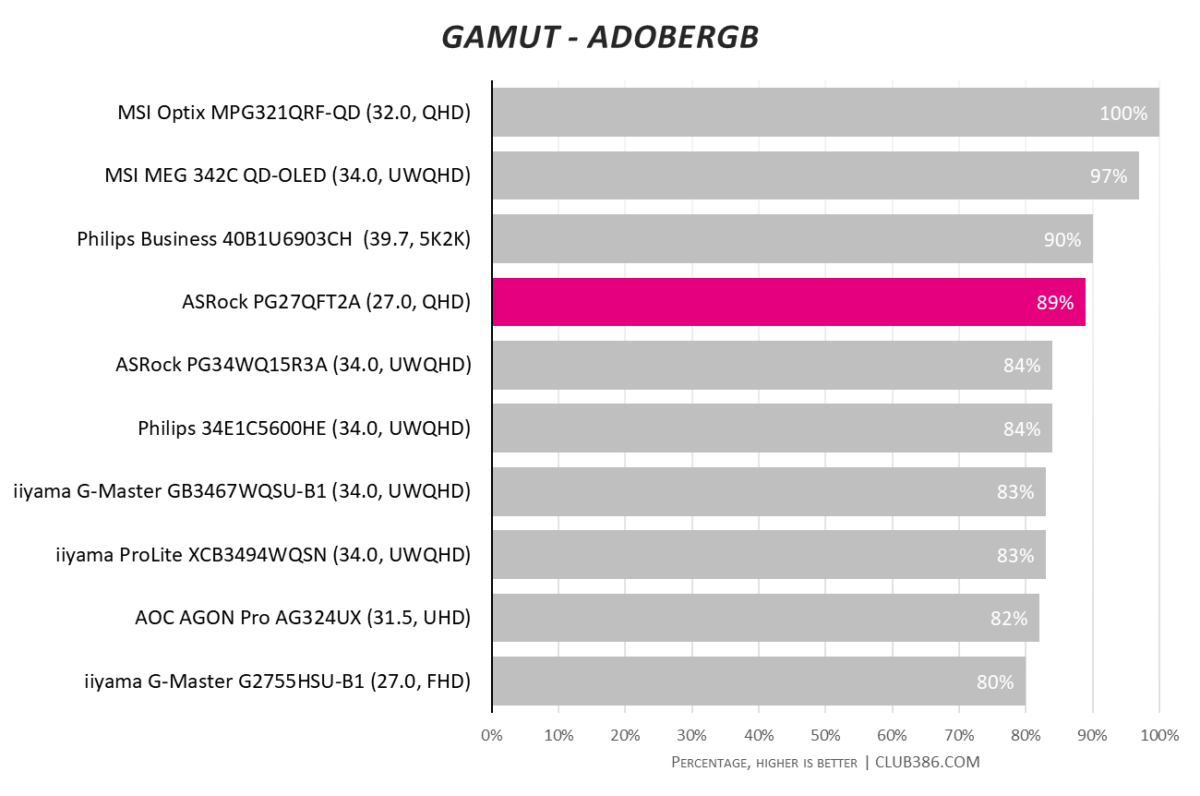
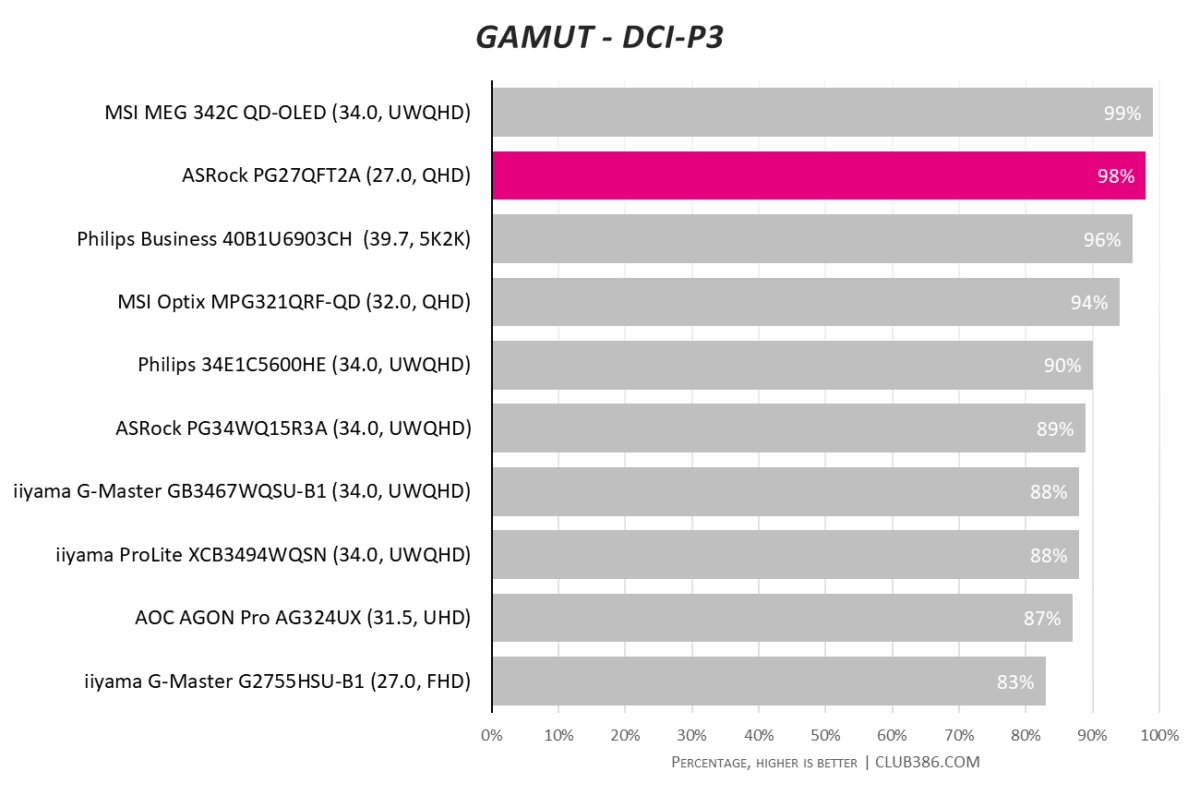
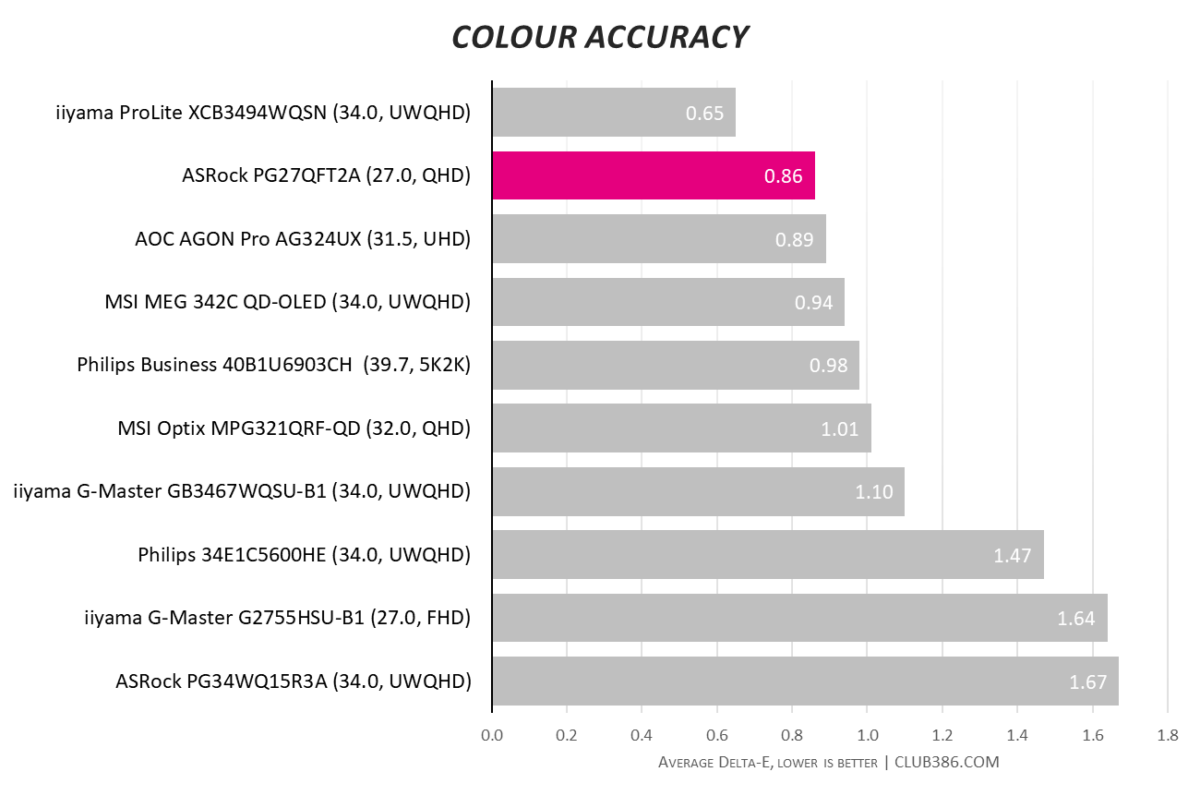
ASRock is seemingly quite conservative with its colour claims, suggesting you’ll see 90% DCI-P3. Our tests show you’ll get closer to 98%, which is among the best we’ve ever tested. Frankly, PG27QFT2A has impeccable colour accuracy right out of the box and won’t disappoint.
Brightness and contrast
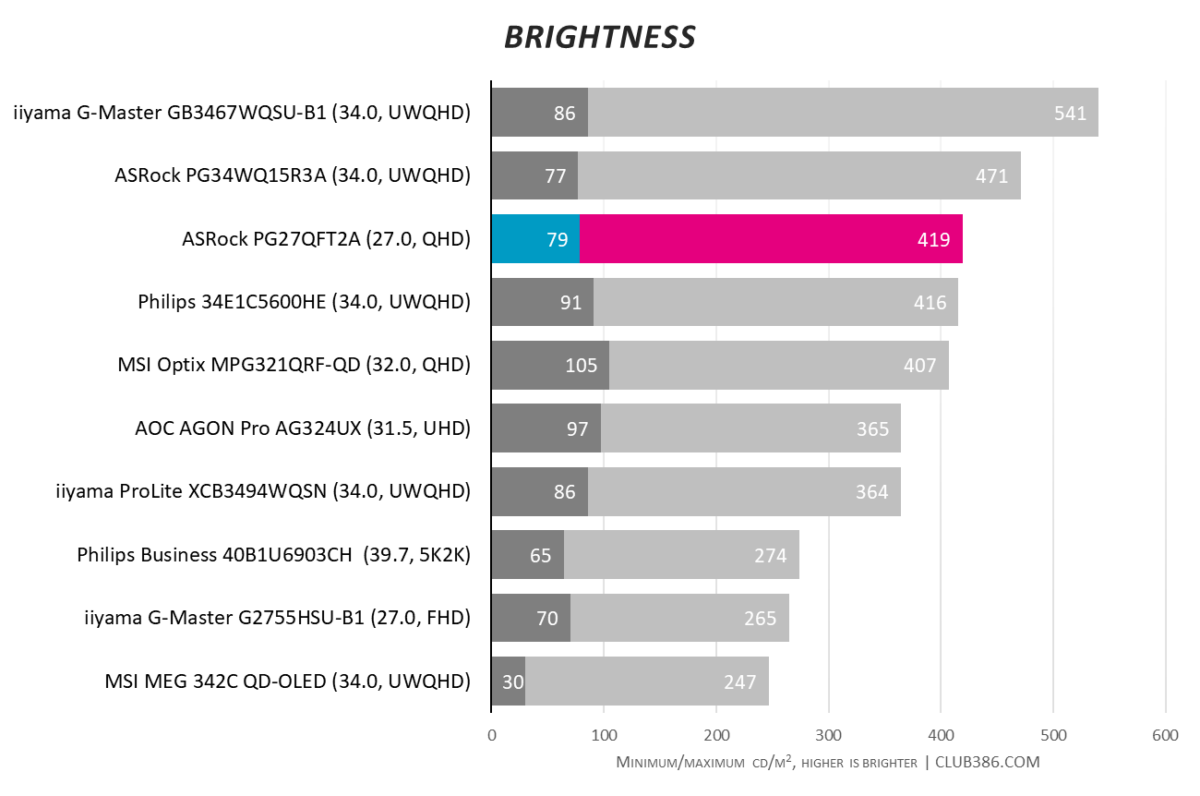
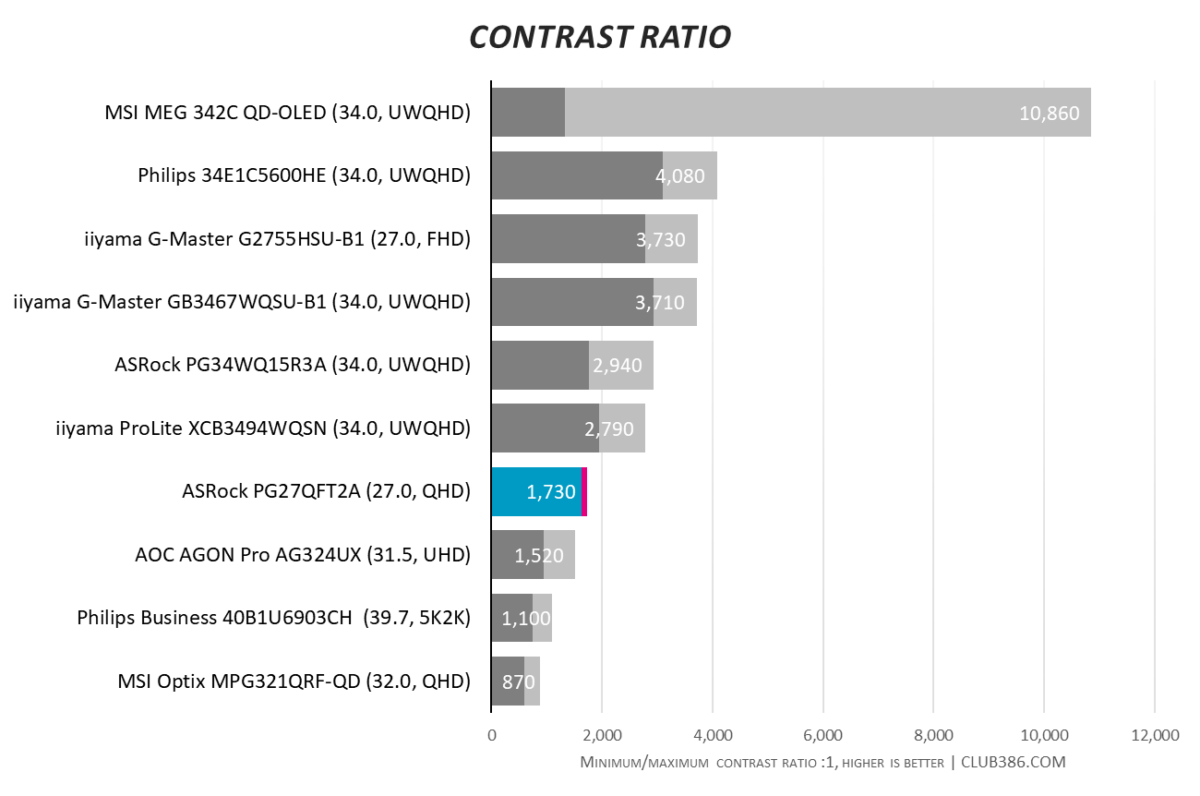
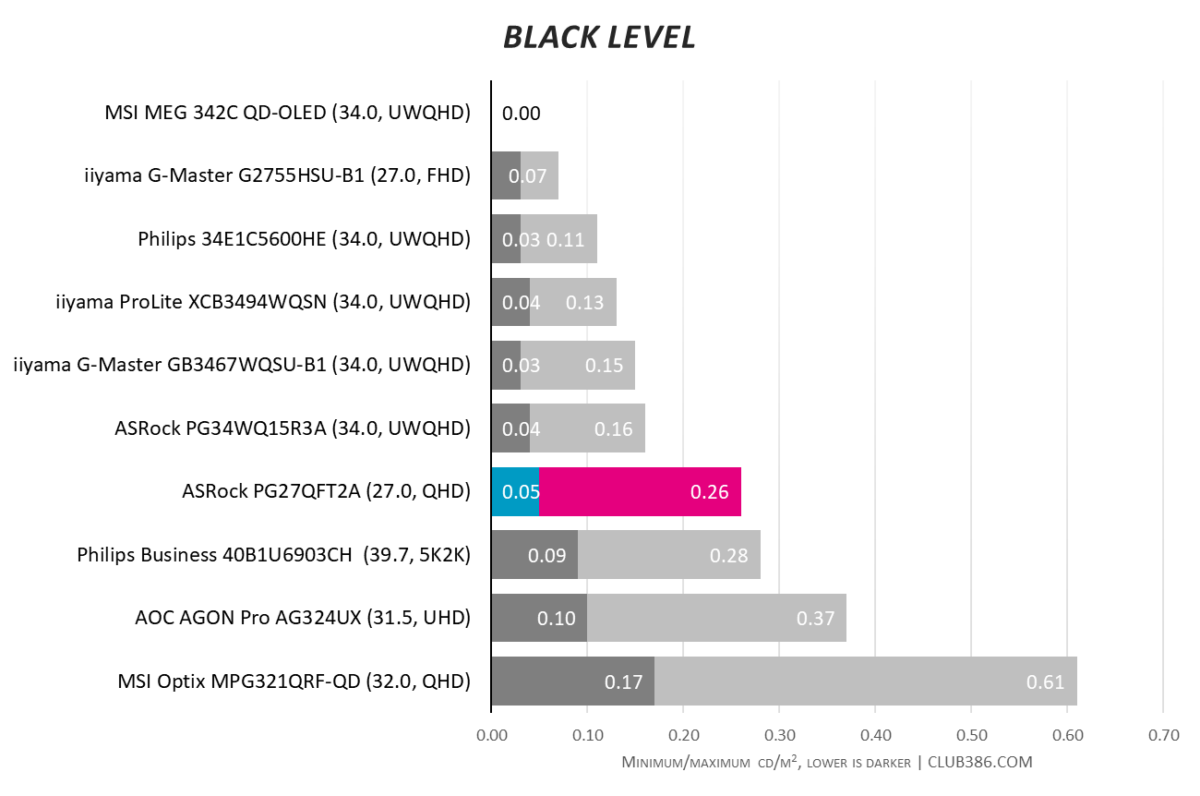
It’s a decently bright monitor that you’ll only really need to crank up in the sunniest of rooms. Jumping from OLED monitors that are notoriously dim by comparison, PG27QFT2A emphasises the importance of a vibrant screen well.
Contrast and black levels aren’t quite as glowing, being something of an Achille’s Heel for IPS panels. Despite falling distinctly middle of the pack against VA and OLED alternatives, PG27QFT2A manages to rise above its IPS brethren with 1,730:1 and 0.26CD/M².
Uniformity and efficiency
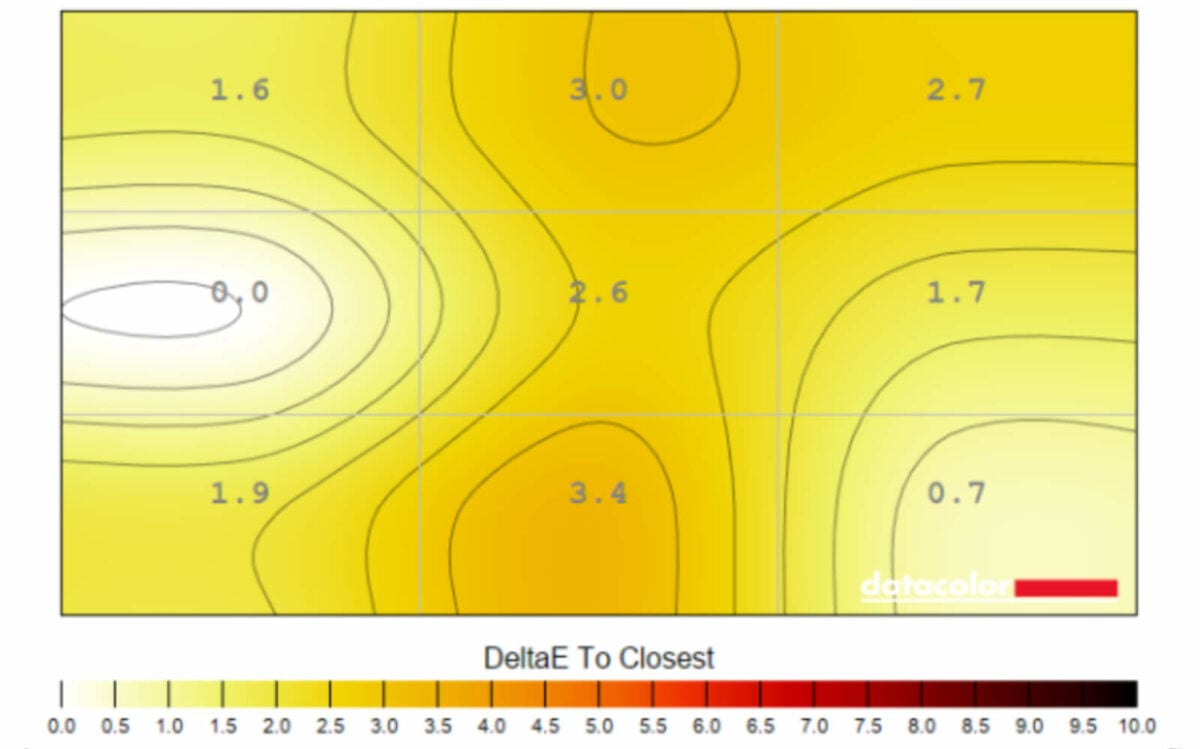
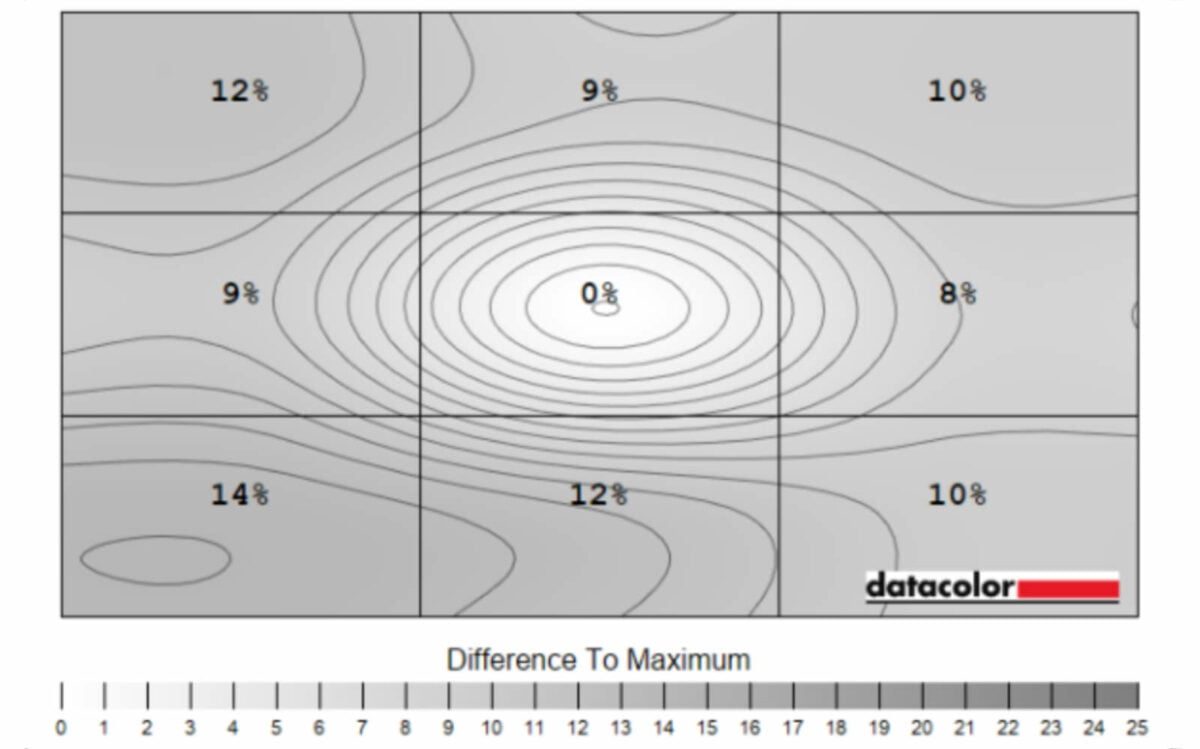
Breaching past our 10% threshold, PG27QFT2A’s luminance uniformity isn’t ideal. Drifting out from the centre, the high percentages go a long way to explain the dimming-effect I mentioned earlier, hindering viewing angles. It’s a shame, because when you look dead-on, the colours are fantastic from corner to corner. Of course, your mileage may vary, as coverage can differ depending on individual samples. After all, the manufacturing process has a large impact on quality.
Conclusion
ASRock PG27QFT2A features all the building blocks that make a great display, from amazing colour even by IPS standards to an admirable (albeitt budget) feature set. Sure, different picture profiles and a KVM switch would be nice, but these are luxuries I can live without when the default looks this good.
Sadly, poor viewing angles and dim corners let our review sample down. It doesn’t matter how fast your 180Hz refresh rate feels or how sharp your 2560×1440 resolution looks if you need to squint to see the user interface in each corner. Since we only test one product at a time, there’s no telling whether this is just the quality of our review device or something indicative of the whole line.
The brand needs to target the budget market to make the sacrifices worth it. Should we see PG27QFT2A dip below £200, there’s a chance it’ll stand toe-to-toe with the already saturated market. However, anything above that and it becomes a tough sell.
Verdict: a beautifully colourful gaming monitor that doesn’t quite shine like it should.

